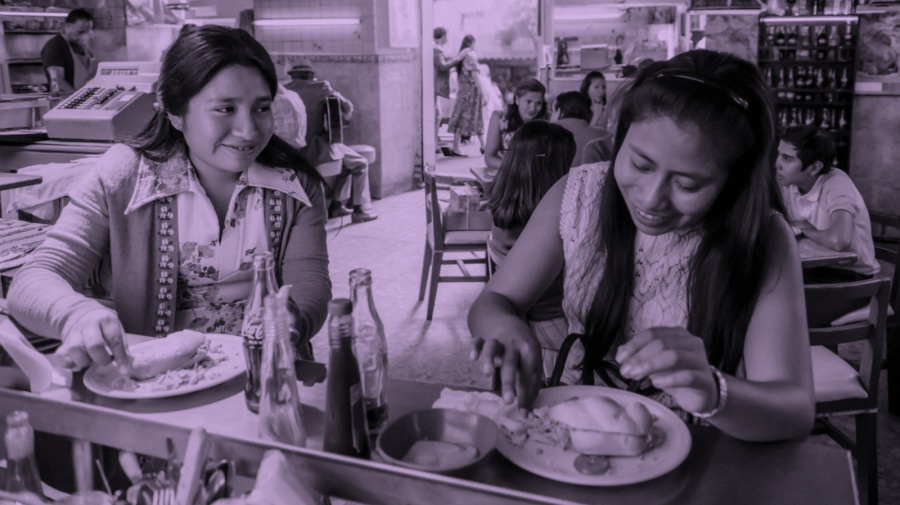
While the literal translation of Cinco de Mayo is, simply, the “fifth of May”, the meaning of the date is far more significant. Before you order up some food and drinks — and do so in a respectful manner — it’s important to understand what the occasion commemorates.
First, please don’t mistake Cinco de Mayo for Mexico’s Independence Day, which doesn’t roll around until the fall. Cinco de Mayo actually commemorates the anniversary of a remarkable battle during Mexico’s war with France. Today, it’s taken on greater significance for Mexican American people — in Mexico, Cinco de Mayo is not as widely celebrated — and has become a time to honor the achievements of prominent Mexican activists in the U.S during the civil rights movement.
Cinco De Mayo & the Battle of Puebla
In 1861, the Second French Empire invaded Mexico to overturn the Mexican Republic and install an emperor of their choosing. The Franco-Mexican War finally ended six years later, in 1867. However, early on in the war, the Battle of Puebla gave the Mexican Army hope. On May 5, 1862, the outnumbered Mexican soldiers defeated one of Napoleon’s French battalions. Although more of a symbolic victory than a tide-turning one, the hard-fought battle, and its outcome, invigorated opposition to the invasion.
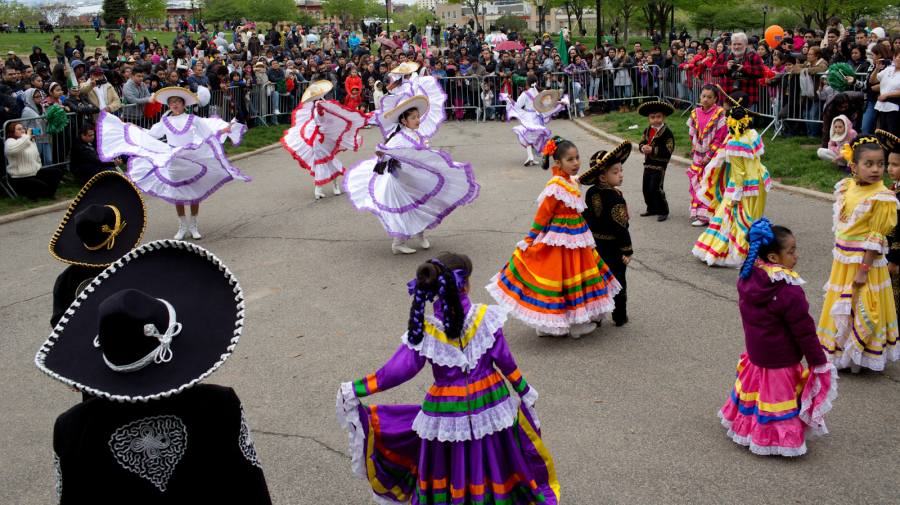
Puebla, Mexico, continues to celebrate Día de la Batalla de Puebla every year, while the rest of the nation typically doesn’t. But many areas in the United States have adopted Cinco de Mayo, using it as a time to more broadly celebrate Mexican culture and traditions. As you might expect, areas with a significant number of Mexican American residents mark the day in celebratory fashion, often throwing parties, replete with traditional music, food and dancing; organizing parades; and holding battle reenactments.
So, in a tribute to the ever-evolving meaning of Cinco de Mayo, let’s revisit some notable films that pay homage to Mexican culture and history.
Coco (2017)
Pixar, the studio behind hits like Toy Story (1995), created another bona fide classic in Coco, which is inspired by Día de Muertos — Day of the Dead. Although white filmmaker Lee Unkrich wrote and directed the movie, he had heavy input from Latinx team members, and visited Mexico, and some families who call the country home, for research purposes.
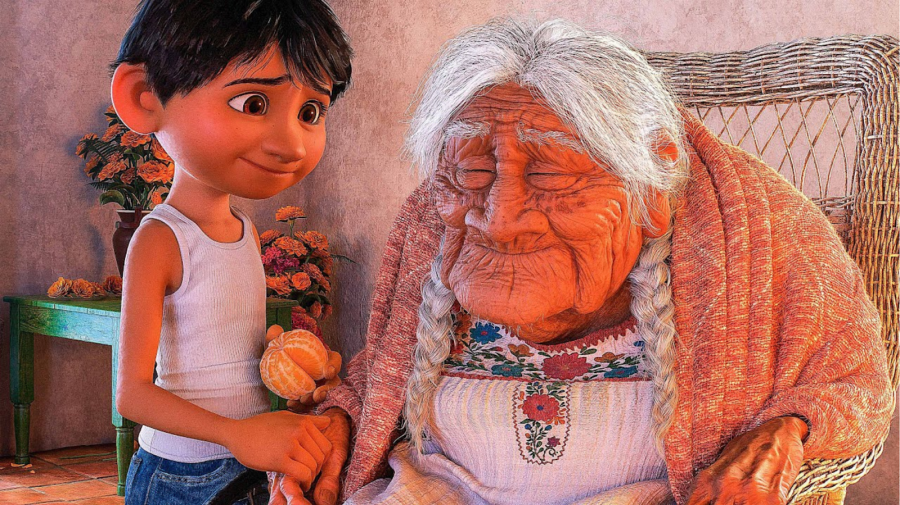
That said, Coco does a fine job representing Mexican culture, starting with casting all the prominent roles with Latinx performers. The studio also hired Latinx consultants to help ensure accuracy, and to foster both respect and inclusion. As a result, viewers with Mexican heritage can enjoy a positive representation of their culture in this lyrical, heart-wrenching and beautifully animated film.
Eisenstein in Guanajuato (2015)
Eisenstein in Guanajuato was co-produced by multiple companies in Mexico, France, Belgium, Finland and the Netherlands. While the film premiered in 2015 at the Berlin International Film Festival, it was released more broadly in Mexico — and in select theaters in the U.S. — in 2016.
The film tells the story of famous Russian director Sergei Eisenstein’s trip to Mexico to film ¡Que Viva Mexico! — an endeavor that ultimately failed. Filmmaker Peter Greenaway relays the biographical 1931-set tale with his usual flair, exploring Mexican culture quite vividly as he does so.
Amores Perros (2000)
Now part of the Criterion Collection, the psychological thriller, Amores perros, was the first film Alejandro Gonzalez directed. Written by Guillermo Arriaga, the film is part one of a trilogy. In Spanish, “amores perros” refers to cursed relationships and imperfect love — though English-speaking markets sometimes translate it to “love’s a bitch”.
The film was a critical and commercial success in Mexico, with the Mexican Academy of Cinematographic Arts and Sciences awarding it the Ariel Award for Best Picture. In addition, it was nominated for an Academy Award in the Best Foreign Language Film category.
Amores perros also played a pivotal role in reviving Mexican cinema, and drew widespread attention to the cruel practice of dog fighting, which was later outlawed in Mexico 17 years after the film’s release.
Note: Amores perros contains scenes of domestic violence, gun violence and animal cruelty.
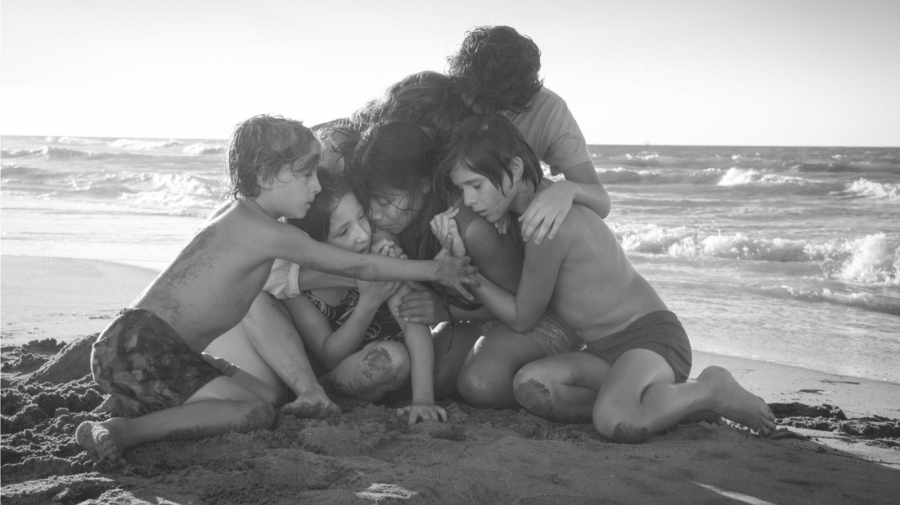
Roma (2018)
Alfonso Cuarón directed Roma, the Oscar-winning, semi-autobiographical story that made waves a few years ago. Set in 1970s Mexico, the film centers on a domestic worker and the family that employs her. The story is told against the backdrop of the social and political upheaval gripping Mexico at the time, making it both compelling and informative.
Roma also explores the racial and economic divide between Mexico’s Indigenous population and white middle-class families. In turn, it also prompted conversations about the film industry’s treatment of Indigenous actors, and how colorism impacts Hollywood. Nevertheless, many filmgoers applauded Roma’s lead, Yalitza Aparicio; the film marked her acting debut and, impressively, earned her an Oscar nomination.
The Book of Life (2014)
Día de Muertos inspired another film on our list — Book of Life. Produced by Oscar-winning Mexican filmmaker Guillermo del Toro (The Shape of Water, Pan’s Labyrinth) and directed by Mexican animator and filmmaker Jorge Gutierrez (¡Mucha Lucha!, Maya and the Three), Book of Life hits all the right notes. It’s colorfully and beautifully animated and full of transportative music.
While the filmmakers certainly honor their Mexican heritage, the cast does include a mix of white and Latinx voice actors, such as Zoe Saldaña, Diego Luna, Placido Domingo, Channing Tatum, Ron Perlman, Kate del Castillo and Danny Trejo. In his original pitch, Gutierrez framed the film as a celebration of Mexican culture, though he and del Toro certainly incorporated some international influences into the story.
Bajo La Misma Luna (2007)
Mexican filmmaker Patricia Riggen directs Bajo La Misma Luna, which American audiences might know as Under the Same Moon. The movie centers on immigration by telling a deeply personal story of a mother who is separated from her son. It also follows the boy’s journey to reunite with his mother in the United States.
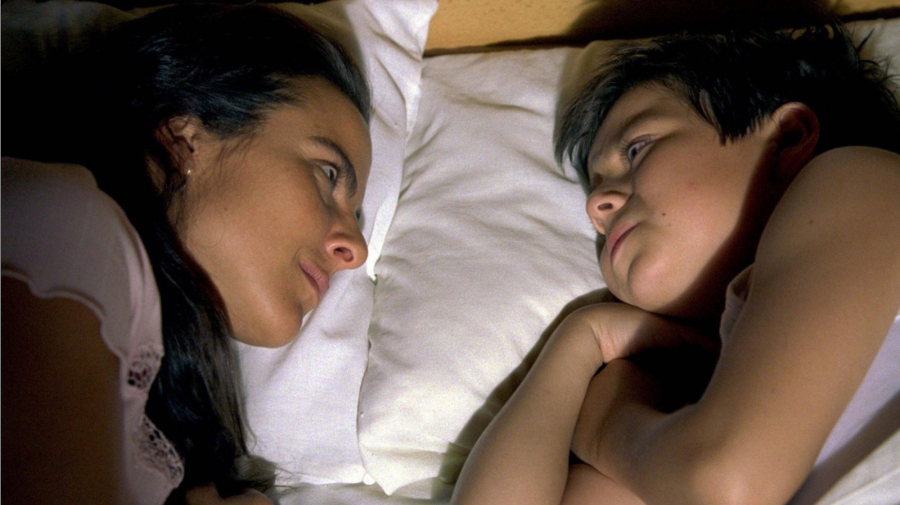
Starring cinema greats like Kate del Castillo and America Ferrara, the film is a sensitive portrayal of a difficult situation. It helps viewers sympathize with the plight of a parent who’s forced to leave a child behind, all in hopes of giving them a better life. In addition, it highlights the many dangers that Mexican people face when trying to immigrate to America. Featuring a strong Latina lead (del Castillo), Bajo La Misma Luna is a stirring tale that’ll keep you glued to your screen.
Como Agua Para Chocolate (1992)
This romantic drama was adapted from a book by Mexican writer Laura Esquivel. The writer’s husband, Alfonso Arau, directed the movie, which earned multiple Ariel Awards from the Mexican Academy of Cinematographic Arts and Sciences. Released under the name Like Water for Chocolate, Como Agua Para Chocolate was also a big hit in the U.S.
By weaving the cultural significance of cooking and food into the story, the film shows that preparing food isn’t a symbol of oppression, but, in the hands of the woman protagonist, a sign of empowerment. With its uplifting viewpoint, Como Agua Para Chocolate provides a positive spin on a cultural theme that’s traditionally been portrayed in a negative or stereotypical light.






